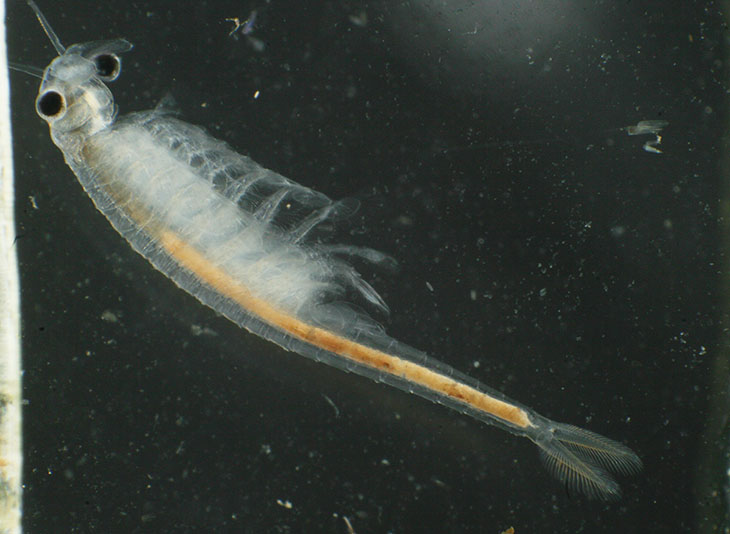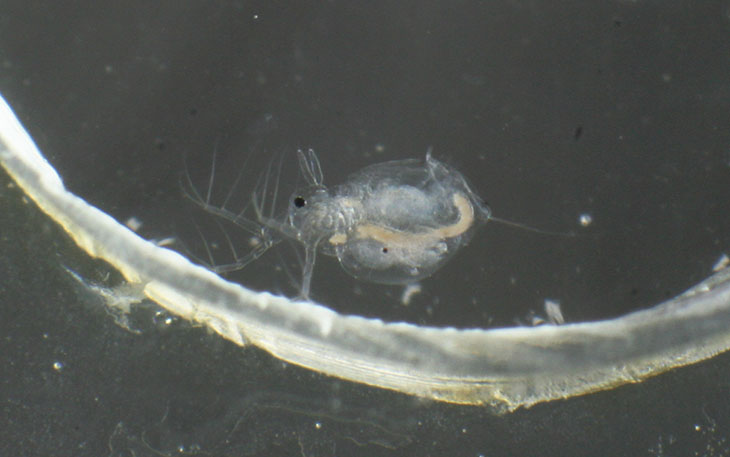Every once in a while, I start thinking about this topic again, and so I finally sat down to do some research and post about it – be warned, this is a long one. And so far, it seems that less research has been done on the topic than I suspected.
I’m talking about thrill rides, such as roller coasters and amusement park fare. Some people love them, some people hate them – count me among the former, and at nearly fifty years old, this hasn’t paled. Curiously, when I was younger, I didn’t like them much at all; my older brother was quite disgusted with the screaming fit I pitched on one ride at the New York State Fair, sometime in the late 70s (I would have been in my adolescence, about 13 or 14 I believe.) I suspect I would still be quite antsy on the same ride now, but this is largely because I have little trust of machinery that is routinely disassembled for transportation, run and maintained by a staff that has never seemed all that dedicated to their jobs. The ride, a kind of ferris-wheel structure where you sit in a car facing the direction of travel, which at times means straight down at the ground, is considerably less extreme than Millennium Force at Cedar Park in Ohio, but I trust that one far more.
But let’s get back to the question: why do some people love these things, and others despise them? Why are some people motivated to parachute from airplanes or bungee jump, while others get significantly stressed by a busy day on the interstate? What’s actually at work here?
I’m going to start with my guesses, of which there are several (with full recognition that any combination could be factors.) Danger and fear, as we well know, produce some distinct physiological responses from the body – increased cardio-pulmonary rates, adrenaline production, muscle tension, and so on, the point of these being to provide resources for us to cope with danger, such as running faster or whopping an alligator across the snout. Coupled with these is the subsequent release from tension, the eradication of danger, and to the best of my knowledge, this is intertwined with other physiological responses to counteract the adrenaline and such; the sudden release is like a temporary drug ‘high,’ a pleasant and rewarding effect. In ages long past, this might have been tied tightly to the process of the hunt, providing an edge in performance while facing off against the gazelle or saber-toothed mole, but also provoking a nice reward after a successful outcome. If you think about it, facing certain danger is hardly a survival strategy, and likely very hard to dismiss simply with the prospect of eating at the end; there may well be further motivations built into our bodies to help us face the hazards. Consider the machismo challenges our species engages in constantly, often as silly as who can eat the most or hottest peppers. Yet even without this, there still might be a pleasant-enough feeling in the release from tension, somewhat akin to stretching or even scratching; in and of themselves, they actually produce varying levels of discomfort or pain, but afterwards, we feel much better.
I’m going to continue with the evolutionary psychology, evolved-behavior bit. A long time ago we were tree-dwellers, and this required a certain amount of jumping around, and imminent danger of falling. Fear of falling is a common-enough thing, for obvious reasons, but a jump is at least half of a fall; for the latter portion, we are weightless, soon to be followed by a sudden increase in G-forces as we land – the longer the fall, the stronger the force of our landing. It’s safe to say our inner ears can detect these states readily, as well as differentiating control versus lack thereof – whether we intentionally jumped, or are falling unexpectedly. We all wake up suddenly at times with the feeling we’re falling out of bed, a ridiculously trivial thing compared to jumping across a ditch or even over a hurdle; we can cope with falling easily, as long as we know it’s supposed to happen. Most especially, falling backwards is a serious no-no according to our mental structure, able to provoke a distinct panic-response even with such trivial distances as falling backwards in our chair; contrast this feeling against that of stumbling forward while walking or running. The various motivational exercises that employ the “trust fall” are only exploiting the same panic-and-release trait that thrill rides do.
[A small side story: many years ago when insurance rates hadn’t eradicated such attractions, I was at a lake park that featured a huge rope swing, where you could do your Tarzan thing out over the water, lots of fun. I watched one kid swing out and pitch backwards off the rope in a half-backflip to dive into the water, and figured I had to try this – I was managing varieties of dives and higher drops without any qualms, so piece of cake, right? However, as I swung out and that crucial instant came to release and arch over backwards, I had this wicked fight to overcome my body’s intense desire to avoid the maneuver. The result of which was the most graceless ‘dismount’ and entry into the water that you can imagine, and a bit painful too, as I struck full on my side in a quarter-rotated belly flop. I was, of course, greeted upon surfacing by my brother-in-law’s demand, “What the hell was that supposed to be?” but he failed to meet the challenge himself immediately afterward, so I had a modicum of gratification from that.]
We cannot forget the other G-forces we feel, side-to-side for instance, or spinning. These are the kind that provoke the worst responses from people, often in the form of motion sickness. Motion sickness is usually attributed to the disagreement between the eyes and the inner ears regarding what is actually happening; thus, sitting in a car or an enclosed boat, seeing the relative lack of motion of the immediate surroundings, doesn’t tie in with the rocking or shifting that the body feels (which is why you should never sit in the backseat, much less the back of a bus or RV, and never lose sight of the horizon if you’re prone to this.) For us to produce these kind of forces without external help requires significant activity: dodging and rolling, even banging into things. Does this, again, relate to the activities of the hunt?
And then there’s control, or lack thereof. We can handle a lot of violent forces as long as we’re doing it to ourselves, and at least reasonably aware of how strong they will be and when they might stop. This alone might spell the most noticeable difference between those who like thrill rides and those who don’t: the variable beliefs of how brief the feelings will be, and the perceived likelihood of bodily harm. It’s safe to say that even the most stalwart thrill-seeker, finding themselves in a crashing airplane, will not be screaming, “Yeeeaaahhhh!” on the way down, enjoying the feelings of weightlessness and fear. There is a very strong, important psychological aspect to it all.
By the way, ride designers are very much aware of the psychological aspect. Nearly every ride has a period of waiting to build tension, often that long slow climb of a roller coaster, and the cars themselves are continually minimized to emphasize how open and unprotected the rider is. Tracks are designed to provoke the impression of near-collisions, and usually have no more than a few seconds between intense portions to keep piling the thrills on, even while lasting about a minute overall to help forestall severe physical reactions among those less than delighted in the ride. The more elaborate, hidden and often unrecognized efforts of engineering exist in the bare fact that nearly all such rides run on the initial drop, gravity and momentum driving the riders through all of the following twists and loops, and the rides must do this for a variety of operating weights. There are also medical parameters to maintain, preventing sustained G-forces and cardio stresses. Not to mention surfaces that clean easily.
(Actually, from a long association with amusement parks, I can tell you that getting physically sick is very rare – I’ve seen vomit being cleaned once, in about 25 years, and that was from a relatively tame, but spinning, ride. I suspect many of the rides are designed to minimize these results as well.)
Now of course, I can’t talk about all this without doing at least something to give a better idea of what’s taking place. On-ride videos are extremely poor substitutes for actually being on the ride, feeling the forces and the wind whipping by, but they’re the best I can do, at least until HTML standards get upgraded. This is ‘Alpengeist,’ at Busch Gardens in Williamsburg, Virginia, what I consider (in my limited experience) to be the best of the ‘dynamic’ roller coasters. It is a suspended coaster, meaning the track is overhead and your feet dangle – in essence, there is no ‘car,’ only a seat, specifically to enhance the feeling of being exposed. Of special note, a very good touch in my opinion, is how the first drop is engineered to make it nearly impossible to see what’s about to happen. It is also built atop a hill and the first drop descends into a valley, making it even longer than the initial climb that the riders endured at the start of the ride. Pay attention (for a particular reason) to the wind noise coming through the microphone.
Now, in my opinion, Alpengeist is fun, pushing in a lot of different directions – a dogfight-style encounter, always turning. The next example is a little different. This is ‘Millennium Force,’ at Cedar Point in Sandusky, Ohio. Cedar Point tries to break a few world records every time they produce a new ride, and Millennium Force nailed six when it debuted 14 years ago: tallest, fastest, biggest drop, steepest non-inverted turns… yeah, that last one seems kinda picky, doesn’t it? Basically, it means it turns over sideways the farthest (122°) of any coaster that does not actually roll the track completely over in a corkscrew – okay, whatever. But I can tell you from experience, the 80° first drop topping 145 kph (90 mph) is pretty damn intense, and in fact, that’s how I categorize the entire ride. While you sit in more-or-less classic ‘cars,’ the sides are very low, something that is eminently clear as you ride up the first hill, since there is nothing to either side – well, not exactly. There is nothing to the left as you climb 95 meters (310 feet) off the ground at a 45° angle, but a maintenance access track sits to the right. As you crest the hill, there is a distinctive impression that you do not simply turn and go straight down, but you actually over-rotate – we never encounter full-vertical experiences in anything we do, and when you think you’ve gone over the crest far enough you’re actually wrong, and keep going, even though it still remains 10° from vertical. Immediately after this sensation, of course, you hit top speed.
You noticed the difference in wind noise, I assume? While it does not seem quite as loud to your ears while on the ride, it is still significant. And there’s something I have to add. You see the bay? This means you shouldn’t ride this one at dusk, unless you really like bugs – lots and lots of bugs, encountered at 145 kph. Dan and I (front seat of course) were covered – all of them smashed too much to serve as photo subjects, of course…
As indicated above, I find the effect of these two rides entirely different. Millennium Force, even though it lacks loops, rolls, or inversions, runs at the proverbial breakneck speed, and the two latter hills are approached at a velocity that seems too high for them; it’s easy to believe the coaster will leave the track at the crest, and indeed, the rider makes the involuntary attempt, generating something called ‘air time’ among enthusiasts, a brief period of negative G-forces. Things happen almost too fast to absorb, challenging the rider to react fast enough. Alpengeist is like flying, but Millennium Force is hurtling.
But how does the theory of mine explained above fit into all of this, and how do other sources explain it? I suspected that a lot of the effect is related to ancient hunting behavior, traits developed to help our ancestors handle the hazards and demands of bringing down big game with hand weapons. Other aspects of our behavior have likely originated there, such as the larger physical size, higher aggression, and sheer competitiveness of the males of our species (the latter also has connections to sexual selection.) But this should mean that females have a markedly lesser response or desire to ride coasters, or visit haunted houses in this season, or watch horror movies, and none of these are true; if there is an inbalance among genders in any of these, it is trivial, not half as distinctive as the inbalance seen among fans of aggressive sports.
However, as reminded by one article that I found while attempting to research this, hunting was far from the only hazard facing our ancestors. Raids from large predators and, more recently in our history, antagonistic neighboring tribes, were something that both genders had to deal with, and even the classic ‘fight or flight’ decision would require much the same response for both options in the form of heightened reflexes, adrenaline, cardio-pulmonary rate, and so on.
In How the Mind Works, Pinker speaks of ‘benign masochism,’ the habit of seeing just how far someone can take things, as a potential method of proving one’s capability of handling hazards, and thus their dominance over the hazard. But while he speaks of measured, almost guaranteed safe experiences like roller coasters, he also speaks of test pilots and adrenaline junkies who “push the envelope” – it’s hard to compare these two aspects, as real danger is often involved in the latter examples. Test pilots, for example, often have a military background (which stresses the value of service to a country, even unto death,) and are usually deeply involved in the competitive, species fitness angle; there are only a few people in the world who can be called upon to do what they do. And the adrenaline junkie might be more closely related to the theories put forth in this article, and this one, where there is an atypical inbalance of normal brain chemicals unless provoked by extreme situations, whereupon the senses are heightened – a natural ‘high’ that most others might experience through food or music, though perhaps not as strongly. However, the articles seem to indicate that this hypothesis has not yet been tested.
So are thrill-riders and adrenaline junkies the same thing, to different degrees, or two separate causes? It’s hard to say without decent tests and better info. There are two factors that might have a lot of bearing. One is the idea, as mentioned, that the sensation of fear is fleeting, only momentary – this certainly comes into play with rides and haunted houses, as well as horror movies. Sustained fear doesn’t seem as likely to generate the same exhilaration in people.
 The other, as mentioned earlier, is the idea that the danger doesn’t really exist – there is a startle response, but not necessarily a fear one, just like jumping out at someone; this seems likely to involve two different portions of the brain, one that generates an immediate response, the other that says, “All right, just chill, you dope.” While you can certainly disguise yourself and hide in your friend’s house to chase them around with a fake knife for a minute or two, it seems highly unlikely that they’re going to laugh and enjoy the experience when you reveal it all to be a prank – there’s definitely a ‘too far’ element. Plus you’re going to get the shit kicked out of you. People who experience sustained fear may suffer the shakes afterward, or nausea, or even pass out; there seems to be no ‘release,’ no ‘high,’ and even the sense of relief is inadequate. It almost certainly has to be brief. This would seem to separate it from things like skydiving, and climbing very tall structures, so perhaps thrill riders and adrenaline junkies are two separate classes of behavior.
The other, as mentioned earlier, is the idea that the danger doesn’t really exist – there is a startle response, but not necessarily a fear one, just like jumping out at someone; this seems likely to involve two different portions of the brain, one that generates an immediate response, the other that says, “All right, just chill, you dope.” While you can certainly disguise yourself and hide in your friend’s house to chase them around with a fake knife for a minute or two, it seems highly unlikely that they’re going to laugh and enjoy the experience when you reveal it all to be a prank – there’s definitely a ‘too far’ element. Plus you’re going to get the shit kicked out of you. People who experience sustained fear may suffer the shakes afterward, or nausea, or even pass out; there seems to be no ‘release,’ no ‘high,’ and even the sense of relief is inadequate. It almost certainly has to be brief. This would seem to separate it from things like skydiving, and climbing very tall structures, so perhaps thrill riders and adrenaline junkies are two separate classes of behavior.
But then we come back to the other aspect demonstrated by the difference in the above-videoed rides. It’s not just a matter of fear; the departure from normal orientation and spatial references also has an effect, what I called “dynamic” when referring to Alpengeist. Twisting, corkscrewing, going inverted – these aren’t necessarily fear-inducing, but certainly impart sensations upon our bodies that we rarely ever feel. Perhaps my most memorable experience was receiving an aerobatics demonstration in an open-cockpit biplane, high over Jockey’s Ridge State Park at North Carolina’s Outer Banks. We did both positive and negative g’s, spins and stalls, loops and rollovers, and while some people might have found the maneuvers at least a little scary, I found them exhilarating. The pilot started off slow and basic, instructing me to, for instance, look out at the left wingtip, which was the most boring view since it was ‘fixed’ at a point on the ground, and I tended to keep craning my head around despite orders. Between each maneuver, he asked me how I was feeling, and I finally determined he was trying to ensure that I was coping well – the instructions to watch in certain directions were to minimize disorienting perspectives. I quickly told him, via the helmet intercom, that I was a coaster enthusiast and that it was unlikely he could shake me loose, but I’d let him know if he started coming close. Thus reassured, he stopped pussyfooting around and kicked it in, and we had a grand time (hammerhead stalls are very cool.) Fear wasn’t an issue, so I have to assume that stirring up our spatial orientation also has some effect, though how this works I can only broadly speculate. It’s possible, I suppose, that just the departure from ‘level and steady’ is enough to produce a similar surge from the system, the preparation for landing or whatever that such a sensation might warrant, since it could typically only be achieved by tumbling through space.
Could this, again, be hidden someplace in our evolutionary past? It’s very hard to say. Such acrobatics might occur during either hunts or conflict, but not terribly often one would think. Swimming in a rough-water environment could mimic the sensations too, but this seems even less likely, since most of our recent history involved distinctly un-aquatic locales – our ancestors tended to stick to grasslands and forests, not noticeably following rivers or coastlines. If we go further back to the tree-dwelling stage, the idea of acrobatics becomes more likely, and if we can take our cue from species that currently inhabit such environments, our behavior might have been most closely related to the current practice of free-running or parkour. That’s a long time ago, however, and assuming that we still have instincts from back then is not entirely supportable. Plus, why would we have some kind of strong physiological response to that, and not to long-distance running, of which there is far more supporting evidence that we engaged in, and which is more directly related to hunting and thus survival?
Perhaps, as some theories have it, the disorientation produces a heightened sensory response, the attempt to quickly evaluate our position and vector to land safely – I don’t want to liken us to cats, which surely have a remarkable system in place to land on their feet, but something similar might activate in us to assist us in falls and tumbles. Again, it doesn’t seem to be linked to a fear response, or at least not for everybody.
An interesting sidenote to this is how utterly dependent it is on our visual system. As decades of research has shown, we’re only aware of initial g-forces, and once they subside we have a very hard time even telling orientation, much less continued motion. In the earlier days of flight, when night pilots were crashing far more often than anyone believed they should, experiments showed that we do not have the ability to tell, for instance, when we’re still spinning. Blindfold a volunteer and sit them in a chair, then set the chair spinning, and they detect the initial change in movement and compensate accordingly – but keep it moving at a steady rate, and they cannot differentiate the movement from stillness, to the point where stopping the motion is usually interpreted as a spin in the opposite direction. This quickly led to the development of flight instruments like the attitude indicator (what many know as the artificial horizon) and slip indicator; pilots are instructed to trust the instruments and not their instincts, since instincts are misleading and often fatal in such situations. Divers in dark environments know to observe the bubbles from their expelled breath to find the direction to the surface; we just don’t have the ability to ‘feel’ it dependably.

So where does all this lead? It should seem clear that I have no answer for that, and to the best of my web-fu skills, neither does anyone else. The response is so strong that it doesn’t seem like finding the answer should be hard, but then again, MRI machines are notoriously difficult to slip past the ride attendants, so perhaps research is harder than first imagined. I will, however, continue to do my part whenever I can. For science.
* *
Various articles I found while doing research for this post:
Why Do Some Brains Enjoy Fear?





















































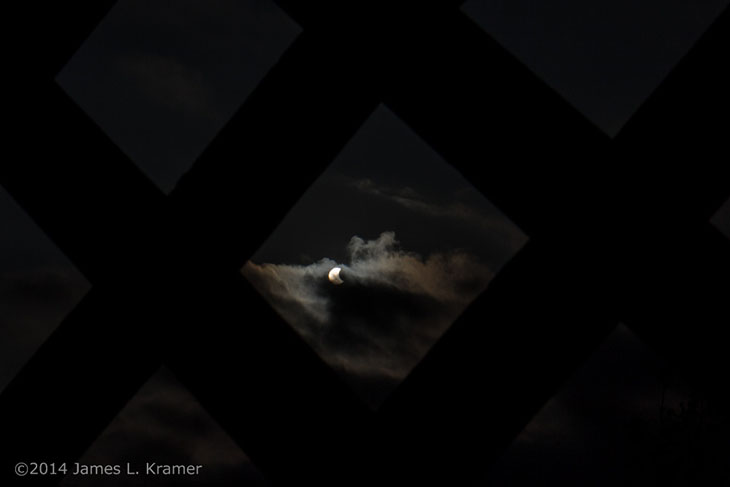
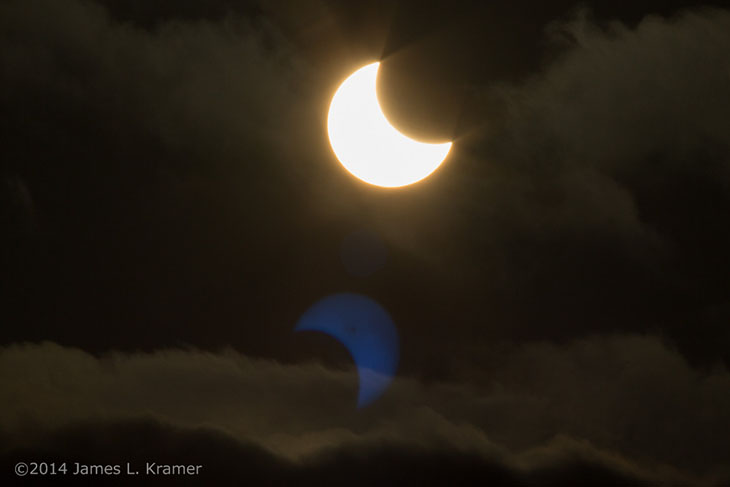

 I have a rather large, mostly speculative post coming soon, one that’s been in the works for a while now and has been something of a bear to finish, for a variety of reasons. But since I’m not going to finish it tonight either, I decided to span the gap with a handful of recent pics. Thus, this is filler, but quality filler, as the title implies. Or at least I think so. Hey, I could be doing some list of the ten most overused internet memes or something, so be grateful.
I have a rather large, mostly speculative post coming soon, one that’s been in the works for a while now and has been something of a bear to finish, for a variety of reasons. But since I’m not going to finish it tonight either, I decided to span the gap with a handful of recent pics. Thus, this is filler, but quality filler, as the title implies. Or at least I think so. Hey, I could be doing some list of the ten most overused internet memes or something, so be grateful.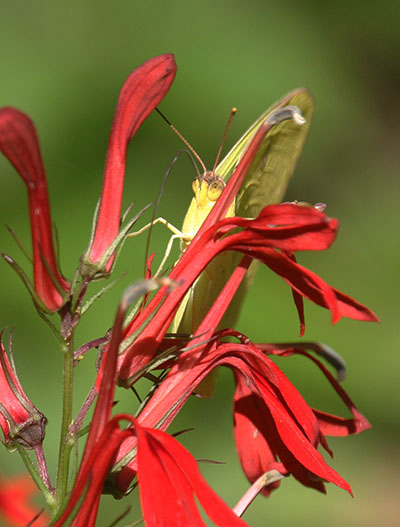 I’m a little more sure about the identity of both the butterfly and the plant in this image: cloudless sulphur buttefly (Phoebis sennae) on cardinal flower (Lobelia cardinalis.) While I have images that show the appearance of the butterfly much better, I liked this one for the angle and the visible feeding behavior.
I’m a little more sure about the identity of both the butterfly and the plant in this image: cloudless sulphur buttefly (Phoebis sennae) on cardinal flower (Lobelia cardinalis.) While I have images that show the appearance of the butterfly much better, I liked this one for the angle and the visible feeding behavior. So what can you do with high contrast lighting? Well for one, you can produce some nice effects with backlighting, further enhanced with a minor editing trick. While the original version of this shot was in color, and a lovely brilliant green at that from the sun shining through the leaf, I tried a
So what can you do with high contrast lighting? Well for one, you can produce some nice effects with backlighting, further enhanced with a minor editing trick. While the original version of this shot was in color, and a lovely brilliant green at that from the sun shining through the leaf, I tried a  Another variety of aster, or perhaps the same one but having bloomed a little later so the centers are still vibrant yellow. Nothing much to say about this – just took advantage of the visiting hoverfly to provide a different point of focus. Had the hoverfly been on the lower blossom and thus in less-direct light, the effect would have been different, likely not as strong – something to consider while chasing pollinators on flowers. Pick a good position with the sun giving the best angle of light, and watch for the subjects that leap out at you because of the way the light plays across them.
Another variety of aster, or perhaps the same one but having bloomed a little later so the centers are still vibrant yellow. Nothing much to say about this – just took advantage of the visiting hoverfly to provide a different point of focus. Had the hoverfly been on the lower blossom and thus in less-direct light, the effect would have been different, likely not as strong – something to consider while chasing pollinators on flowers. Pick a good position with the sun giving the best angle of light, and watch for the subjects that leap out at you because of the way the light plays across them.  We leave the botanical garden for a moment (or a single image – however you want to measure the time) to visit a place called the
We leave the botanical garden for a moment (or a single image – however you want to measure the time) to visit a place called the 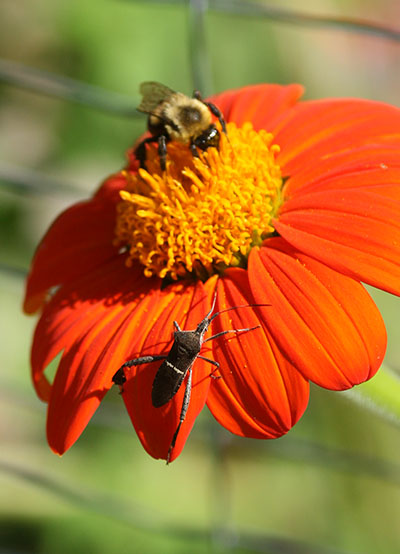 Okay, I tried finding out what flower this is, and had no luck whatsoever. The foreground insect is an Eastern leaf-footed bug (Leptoglossus phyllopus,) but there are too few details visible on the bumblebee to pin it down any further than that. The leaf-footed bug demonstrates why light angle and contrast can make such a difference, because it’s on the fine edge of throwing its own back completely into shadow – meanwhile, some of the flower petals came out with wonderful shaping (bottom center) while others almost lost all detail from the light (right.) So, now that I got you to look carefully at the image, did you notice the fence in the background? Because I always do, and fret about it, but I’m curious to know who else actually catches these, or whether I should stop worrying so much about them.
Okay, I tried finding out what flower this is, and had no luck whatsoever. The foreground insect is an Eastern leaf-footed bug (Leptoglossus phyllopus,) but there are too few details visible on the bumblebee to pin it down any further than that. The leaf-footed bug demonstrates why light angle and contrast can make such a difference, because it’s on the fine edge of throwing its own back completely into shadow – meanwhile, some of the flower petals came out with wonderful shaping (bottom center) while others almost lost all detail from the light (right.) So, now that I got you to look carefully at the image, did you notice the fence in the background? Because I always do, and fret about it, but I’m curious to know who else actually catches these, or whether I should stop worrying so much about them. 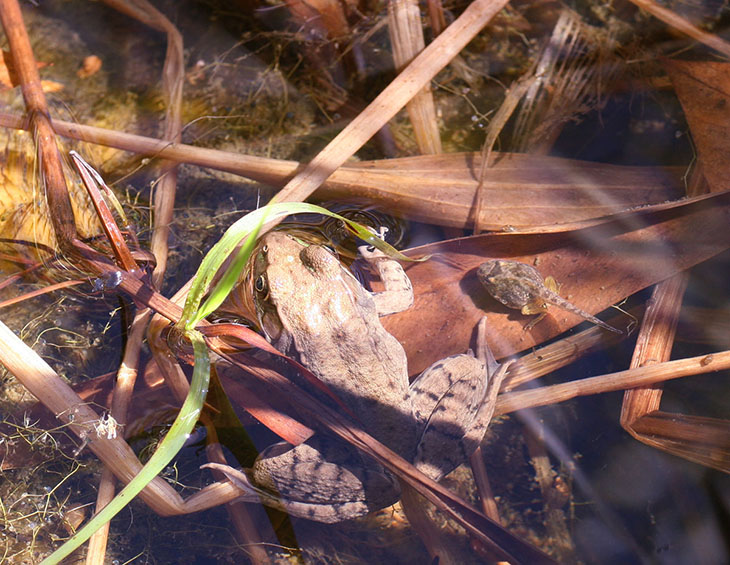
 One last shot of purple, just to give your monitor a workout. I have no idea what this flower is either, though it’s very pleasant-looking, but the butterfly is some variety of skipper (Hesperiidae,) possibly a clouded skipper (Lerema accius.) It was intent on getting the most out of that blossom, so I was able to shoot a series of images while steadily leaning in closer.
One last shot of purple, just to give your monitor a workout. I have no idea what this flower is either, though it’s very pleasant-looking, but the butterfly is some variety of skipper (Hesperiidae,) possibly a clouded skipper (Lerema accius.) It was intent on getting the most out of that blossom, so I was able to shoot a series of images while steadily leaning in closer. 
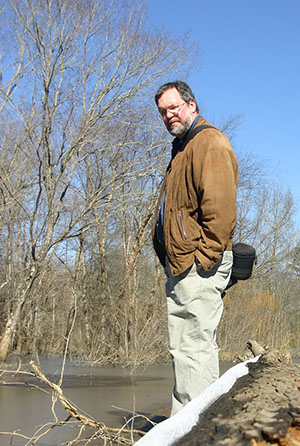 That should get you and everyone else started on making the most out of the day, and if they don’t work, you know what to do about it.
That should get you and everyone else started on making the most out of the day, and if they don’t work, you know what to do about it.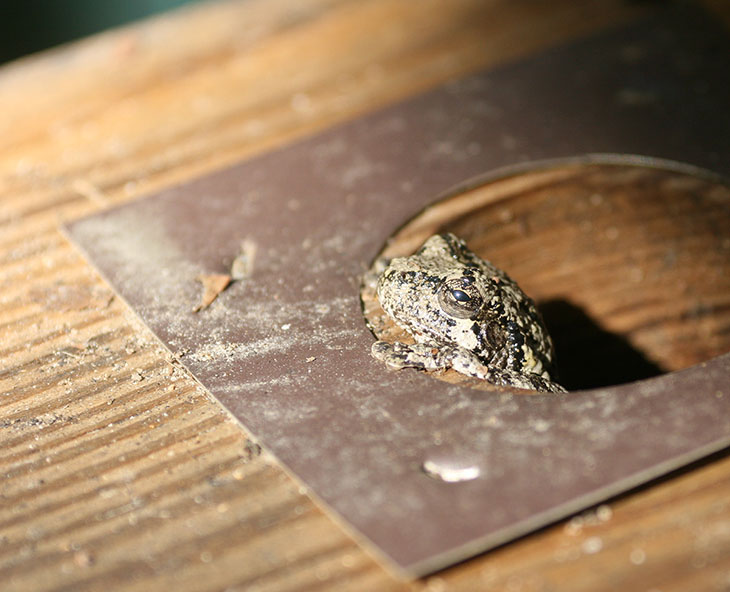



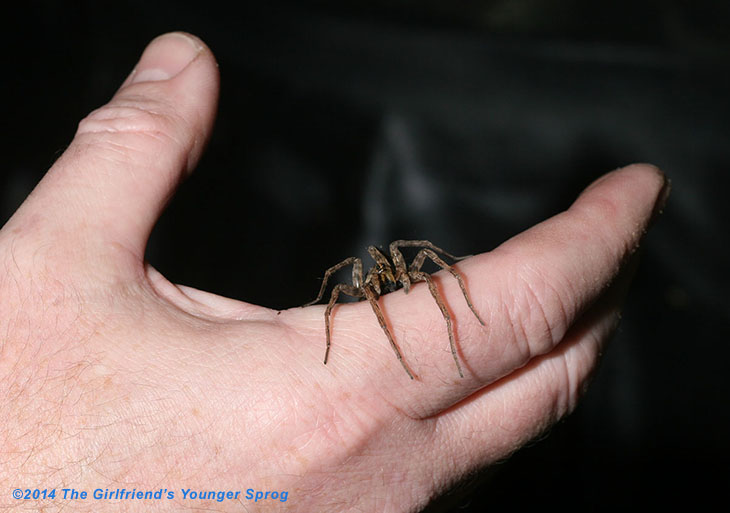
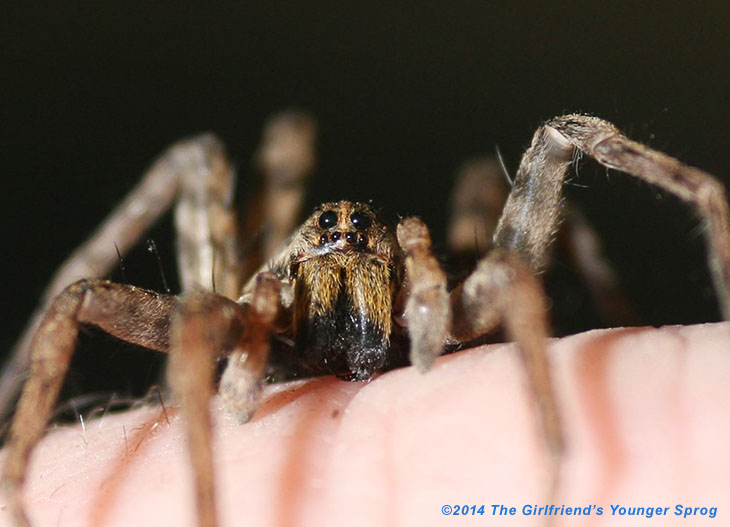
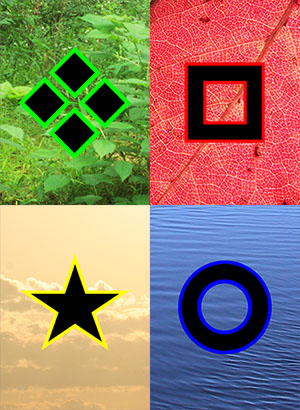 Not the designs themselves – those are Dan’s. But he wanted real photographs to represent the color suits of the cards, and enlisted my help in finding images that would fit the bill. Once these were chosen, I worked from his instructions and criteria to put out the other cards as well (it’s not like text is a huge skill.) He designed the logo and graphic backgrounds; I just made them to order. Dan also located a printer that could do a really slick job of producing the cards, and managed to get his complete deck in hand for a gaming convention early this year (though not without a rather intricate backstory in itself involving delivery times, car breakdowns, and the suspicions that Fate might be a real force after all.)
Not the designs themselves – those are Dan’s. But he wanted real photographs to represent the color suits of the cards, and enlisted my help in finding images that would fit the bill. Once these were chosen, I worked from his instructions and criteria to put out the other cards as well (it’s not like text is a huge skill.) He designed the logo and graphic backgrounds; I just made them to order. Dan also located a printer that could do a really slick job of producing the cards, and managed to get his complete deck in hand for a gaming convention early this year (though not without a rather intricate backstory in itself involving delivery times, car breakdowns, and the suspicions that Fate might be a real force after all.)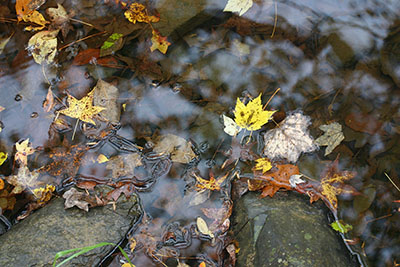 Dan, within his ridiculously busy schedule, also ran a summer camp this past season, and he demonstrated the very same software within it; the algorithm is designed to produce probabilities from a large number of diagnoses. Obtaining medical images for public use is indescribably involved, due to patient confidentiality laws, so instead of using medical images, Dan asked me for anything I might have, or be able to produce, with hidden elements – the idea is that the kids would independently point out where in the image lay some unexpected element, if it even existed, and their confidence level in it as well, and the software would collectively evaluate their ‘diagnoses’ and provide a potential ‘group’ diagnosis. The most fun was the criteria where there should be nothing of note in some of the images, but they should give the impression that there might be. So, once again I was providing my services towards Dan’s work (and in fact, this funded the trip up there.)
Dan, within his ridiculously busy schedule, also ran a summer camp this past season, and he demonstrated the very same software within it; the algorithm is designed to produce probabilities from a large number of diagnoses. Obtaining medical images for public use is indescribably involved, due to patient confidentiality laws, so instead of using medical images, Dan asked me for anything I might have, or be able to produce, with hidden elements – the idea is that the kids would independently point out where in the image lay some unexpected element, if it even existed, and their confidence level in it as well, and the software would collectively evaluate their ‘diagnoses’ and provide a potential ‘group’ diagnosis. The most fun was the criteria where there should be nothing of note in some of the images, but they should give the impression that there might be. So, once again I was providing my services towards Dan’s work (and in fact, this funded the trip up there.)